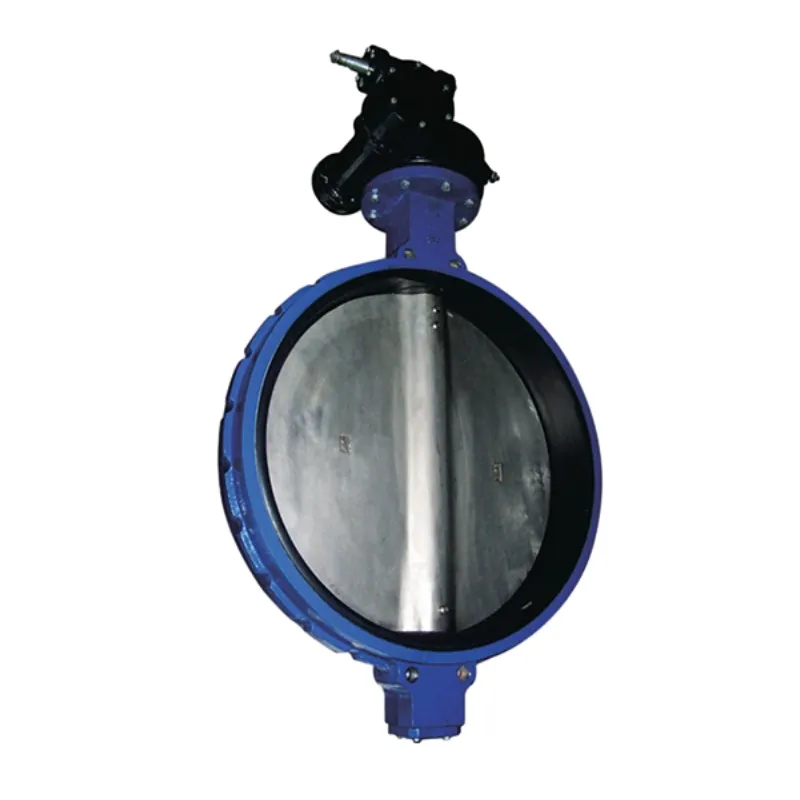Nov . 24, 2024 23:15 Back to list
Dismantling Joint Solutions for Ductile Iron Piping Systems in Various Applications
Understanding Ductile Iron Dismantling Joints Functionality and Advantages
Ductile iron, known for its remarkable strength and resilience, is a widely used material in the construction of various infrastructure components, particularly in piping systems. One of its essential applications is in the design and implementation of dismantling joints. These specialized joints play a crucial role in the maintenance and serviceability of pipeline systems, enabling easy disconnection and reconnection of pipe sections.
What is a Dismantling Joint?
A dismantling joint is a mechanical coupling used to connect two pipes while allowing for easy disassembly without the need for cutting or extensive modification. This allows operators to perform maintenance, repairs, or upgrades on specific sections of the pipeline without disrupting the entire system. Dismantling joints are often employed in waterworks, sewage systems, and industrial applications where accessibility is vital.
Construction and Design Features
Ductile iron dismantling joints are designed to meet rigorous operational demands. They are typically composed of ductile iron castings, which provide excellent strength, ductility, and resistance to corrosion. The joint incorporates several essential features, including
1. Flexible Ends These joints include flanged ends that can accommodate slight misalignments between connected pipes. This flexibility is critical during installation and helps mitigate stresses caused by pipeline movement.
2. Gasket Systems To ensure a watertight seal, dismantling joints incorporate rubber gaskets that can withstand fluctuating temperatures and pressures. The gasket material is chosen based on the application's specific media requirements.
3. Bolting System A series of high-strength bolts and nuts facilitate the clamping of the joint. This bolted design allows for easy tightening and loosening, ensuring a secure connection and maintaining consistent performance over time.
4. Centrically Positioned Dismantling joints are typically designed to be centrally positioned, allowing for straightforward installation and reducing the chance of misalignment issues during the assembly process.
ductile iron dismantling joint

Advantages of Ductile Iron Dismantling Joints
The use of ductile iron dismantling joints offers numerous advantages for both installation and long-term maintenance
1. Ease of Maintenance Their primary benefit is the simplicity of disassembly. This feature is particularly advantageous in systems requiring frequent inspections or repairs, as it significantly reduces downtime and labor costs.
2. Cost-Effective Solution The ability to remove and reconnect sections of piping without cutting contributes to a cost-effective maintenance strategy, as operators can avoid the added expenses of pipe replacement and associated labor.
3. Durability and Longevity Ductile iron is renowned for its strength and resistance to impact, making it a reliable material choice for infrastructure. Dismantling joints made from ductile iron can withstand harsh environmental conditions, ensuring extended service life and reduced frequency of replacements.
4. Versatile Applications These joints can be used with various pipe types, including PVC, HDPE, and steel, making them a versatile addition to a range of hydraulic systems and applications.
5. Improved Safety Efficient disassembly reduces potential hazards associated with the maintenance of pressurized systems, enhancing safety for workers during repair operations.
Conclusion
Ductile iron dismantling joints represent an essential component in modern pipeline systems, balancing the need for structural integrity with the necessity for maintenance. As industries continue to prioritize operational efficiency and safety, the significance of dismantling joints only increases. With their unique construction and numerous benefits, they offer a reliable solution for facilitating access and ensuring the long-term performance of vital infrastructure components. As technology progresses and infrastructure demands evolve, the role of ductile iron dismantling joints will undoubtedly remain pivotal in the engineering landscape.
Share